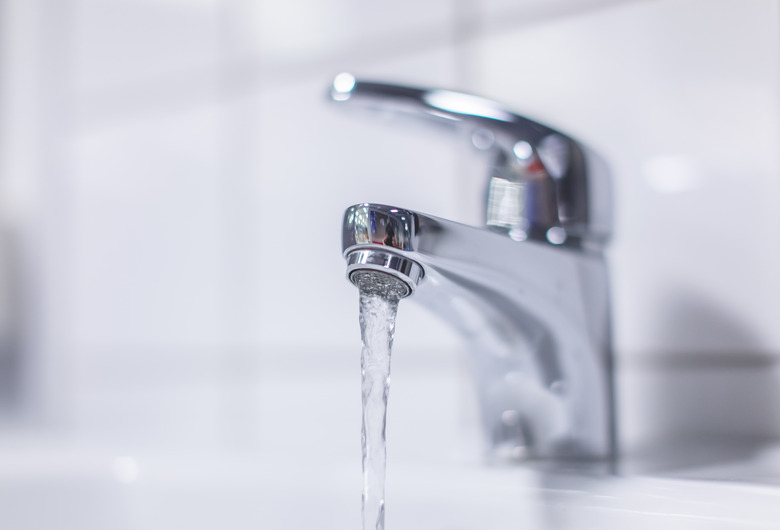Tips On Restoring Chemical Damage To Chrome Faucets
Chrome faucets are an attractive addition to any kitchen or bathroom, but only if they retain their sheen. They may become susceptible to chemical damage over time, like that from minerals in tap water, and thus need to be cleaned. There are several tips and tricks you can use to remove chemical damage, rust or an acid stain on chrome and restore your faucets to their ideal condition.
Chemical Damage Basics
Chemical damage is any damage to the chrome faucet brought on by chemical reactions. The most common type of damage to chrome is rust damage. Tap water that has high concentrations of iron will rust the chrome, causing it turn brown or reddish green. This ruins the aesthetic appeal and may be very difficult to remove. Chemical damage can happen when you use cleaners that contain hydrofluoric, oxalic and other types of acids, which result in a milky green stain.
Soap and Water
Simple soap and water is usually sufficient for cleaning most stains from chrome faucets, provided that the soap doesn't contain any type of acid. It's gentle on the chrome to prevent any additional damage. Dishwashing liquid is your best bet, but try to avoid abrasive soaps like powdered detergents. Check the list of ingredients on the soap's packaging to ensure that it contains no acid content
Simply lather your chosen soap onto your chrome with a damp, warm washcloth. Choose a soft cloth that won't scratch the chrome. The milky stains resulting from acid corrosion should peel away within seconds to repair the chrome finish on the faucet.
Aluminum Foil Rust Remover
If rust is the issue with your faucet, you may have the solution in your kitchen. The aluminum foil method is used on all sorts of chrome fixtures for safely removing rust buildup. Wipe down your chrome faucets with a wet sheet of aluminum foil. This will help remove the rust cleanly without the risk of scratching up for beautiful fixture. Rinse the faucet when finished.
Steel wool may be typically used to remove rust, but it may scratch your chrome or result in chrome coming off taps and leave chemical dust behind. If you opt for steel wool, use #0000, not steel wool that's coarser, to prevent scratches. Pair the steel wool with a lubricating product designed to penetrate rust, such as WD-40 Specialist Rust Release Penetrant Spray.
Vinegar to Clean Chrome
Vinegar is acidic, but not so much that it would damage chrome so it's generally safe to use as a cleaning and polishing agent. It can help remove grime, rust, and other damage on your chrome faucet. Other mild acidic items you have around the house can also work, including lemon juice, lime juice and cola. Avoid any acids that are too harsh, as you might end up with an acid stain on chrome surfaces.
Use paper towels dampened with white vinegar to wipe away rust and chemical staining from your chrome faucet. Let the vinegar-soaked paper towel sit on the rust for a few minutes while it gradually eats away and loosens it from the surface. Wipe down and thoroughly remove any traces of vinegar after you're finished cleaning to ensure that it doesn't cause any inadvertent chemical staining.
